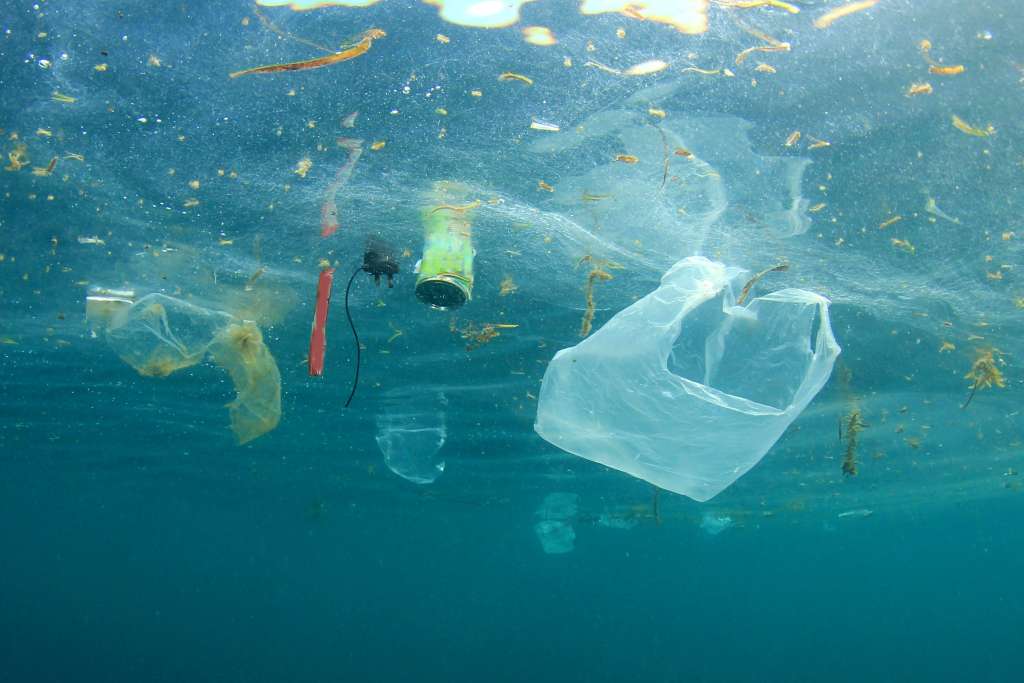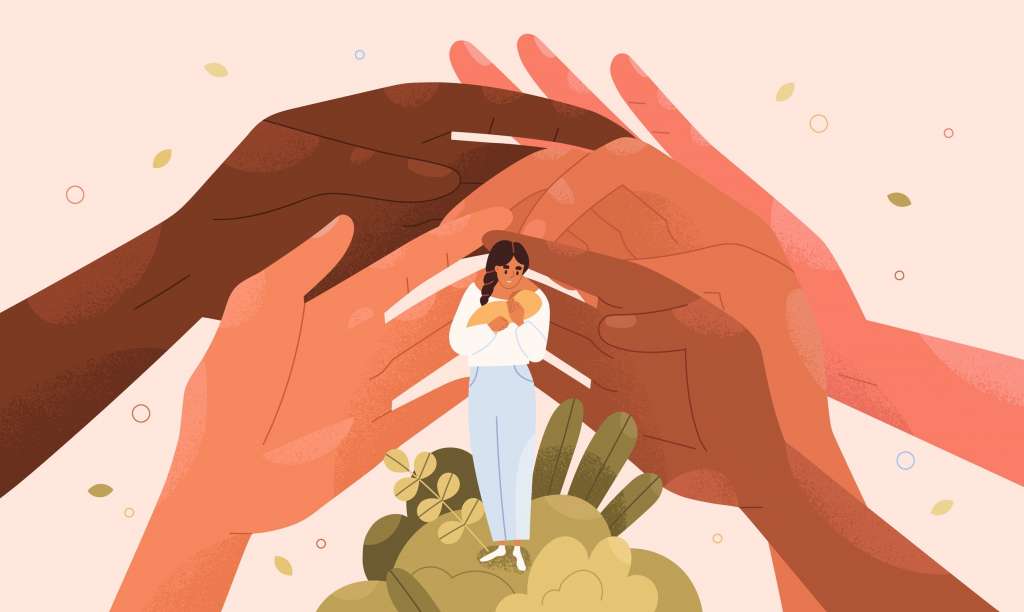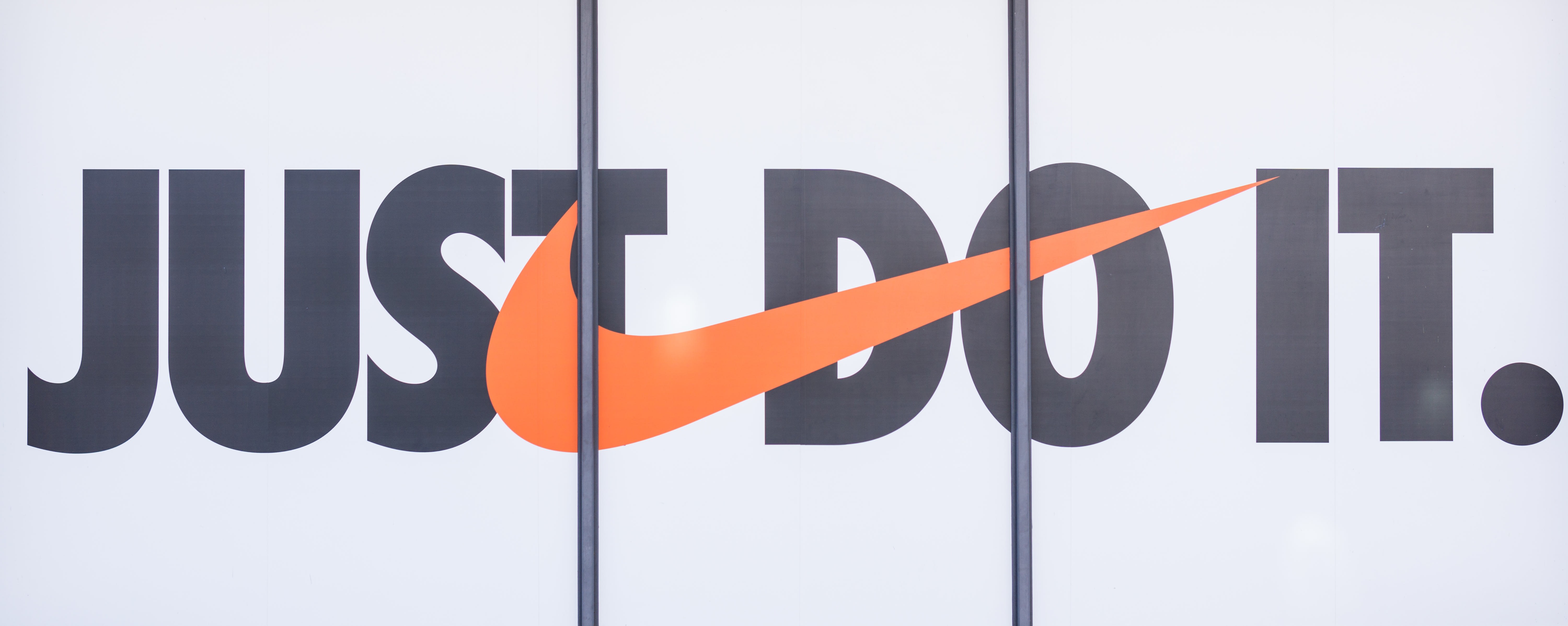17 Ways To Reach The Coveted Sustainable Development Goals



Climate change is arguably the biggest issue the world is facing. Net zero emission by 2050 is the target for all businesses across the world irrespective of their present sizes, and we all have to tighten our seat belts now to achieve this goal.
The United Nations’ Sustainability Development Goals (SDGs) for 2030 are an attempt to bring the environment conversation into a tangible, action-oriented mode. The majority of these goals are closely interlinked with the fashion industry. Cutting greenhouse emissions, addressing surplus production, reducing pollution and waste, supporting biodiversity and fair wages to workers are crucial benchmarks for the fashion industry. That’s why the UN calling upon to fashion industry to help it achieve its targets.
Here are seventeen ways to reach sustainable development goals as prescribed by the UN:
1. No poverty
More than 10% of the world’s population is living in extreme poverty at less than 1.90 dollars a day. Businesses have the wherewithal to bring about change by respecting international and local labor laws. The least a company can do is to provide decent work opportunities, fair income, safe and equal work environment to bring about an impactful change.
2. Zero hunger

The world population is expected to hit 9 billion by 2050. This translates into putting an extra burden on earth’s resources to continuously feed these added souls. Hence rational use of resources and replenishing them as far as possible is mandatory now. To extend their helping hand, brands can get their suppliers to provide nutritious meals to workers and support any such cause by the agencies and NGOs in developing countries.
3. Good health and well being
Companies can provide a healthy and clean work environment for all the workers and ensure this practice in the value chain. For instance, Levi Strauss &Co’s initiative that its key vendors integrate worker well-being programs into their manufacturing operations has helped workers gain in health and financial literacy. The investment has paid for vendors as well through increased worker turnover and reduced absenteeism.
4. Quality Education

To meet inclusive and quality education and promote life-long learning for all goals, companies can join hands with organizations that provide skill development training to workers to enhance their skill sets. Alternatively, it can provide scholarship facilities to meritorious students amongst children of the workers.
5. Gender equality
Employment in garment industries in developing countries has led to the empowerment of many women in developing countries. Still, a lot of ground has to be covered. With women's workforce as high as 90% in the fashion industry in some South East Asian countries, brands need to ensure equal pay and healthy and safe work conditions for women. In a welcome initiative, major retailer Walmart has dedicated space to promote products by small women entrepreneurs.
6. Clean water and sanitization

The fashion industry has often been called out for using chemicals that pollute water. They can replenish water resources in many ways. H&M in India roped in suppliers to provide clean drinking water and sanitization in their surroundings, thereby significantly improving their living conditions.
7. Clean and affordable energy
Circularity is key to clean and affordable energy. Many cities use waste to generate electricity rather than sending it to landfills. Manufacturers also need to reduce their dependencies on fossil fuels and switch to green power such as solar as far as possible for meeting their production needs. Homeware group Ikea has invested close to $1.5 billion in renewable projects and has more than 700, 000 solar panels installed at its stores and distribution centers.
8. Decent work and economic growth

The eighth goal is to promote sustainable economic growth, productive employment, and decent work for all. Brands can support this goal by:
· Including small entrepreneurs in the value chain and supporting them
· Avoiding suppliers that run sweatshops and give unfair wages to labors
9. Industry, innovation, and Infrastructure
Apparel companies have to build cross-sector partnerships to unlock complementary investments in agriculture, infrastructure, and technology. Brands can partner with vendors across continents to provide easy access to technology and its transformative power besides supporting infrastructure for better health care and education.
10. Reduce inequalities

The UN sustainability goal of reducing inequalities within and among the countries by adopting strategies in production distribution and marketing to make products more accessible to low-income consumers is especially relevant for the fashion industry. Programs can be devised that support unskilled workers to learn and move up the value chain.
11. Sustainable cities and communities
The goal is to make human settlements and cities safe, inclusive, and sustainable. Companies can encourage risk assessment for all suppliers ‘manufacturers and retailers in the supply chain. Fashion brands can partner with communities or nonprofit organizations to distribute their unsold stocks or recycle their used garments.
12. Responsible consumption and production

Companies have the added responsibility to source their raw material from producers who are following sustainable practices. They should also engage with partners in the value chain for maximum energy efficiency and encourage sustainable packaging. Nike has developed a Considered Design line that aims to minimize waste through the design process and environment-friendly materials for its shoes.
13. Climate action
Big and small businesses have the collective responsibilities to combat climate change and its impact. They need to:
· Address greenhouse emissions arising out of production and distribution
· Support vendors to develop best green practices
· Forge alliances with industry bodies for working in the area of responsible policies
14. Life below water

It is the duty of everyone concerned to conserve and sustainably use oceans and marine resources for development. Fashion companies can work closely with communities so that reused clothes and plastics do not find their way to the ocean thereby endangering marine life.
15. Life on land
Fashion brands can play a pivotal role in protecting, restoring, and promoting sustainable use of land, ecologically managing forests, and halting and reversing land degradation and biodiversity loss by following sustainable development practices across their partner network. Certain plant-based raw materials are sourced from forests. Brands have to make sure that they are not being overexploited. Also, they have to keep an eye on the use of excessive chemicals in cotton production.
16. Peace, justice, and strong institutions

In promoting their business interest, brands have to be careful about protecting human rights and desist from investing in ventures which lead to the displacement of the local populace.
17. Partnerships for the goals
The online platform Conscious Fashion and Lifestyle Network has been set up by the UN to enable collaborations in sharing expertise, technology, and innovation for the fashion industry to meet sustainable development goals.
The fashion industry has an urgent mission to introduce a sustainability-driven business model that promises all stakeholders an ecologically conscious tomorrow and beyond. Brands no longer have the luxury of choice. The world is looking up to them to deliver.
Key takeaways
1. The world is gearing up to meet the challenges of poverty, hunger, environmental degradation, and climate change.
2. Brands, retailers, and manufacturers can do well to use the UN's SDGs as a blueprint to improve upon these challenges and reduce their carbon footprints.
Partner with Fashinza if you regard SDGs as a roadmap to optimize your supply chain in your journey toward sustainability. The digital platform works with chosen manufacturers to provide brands with ethical manufacturing solutions.



















